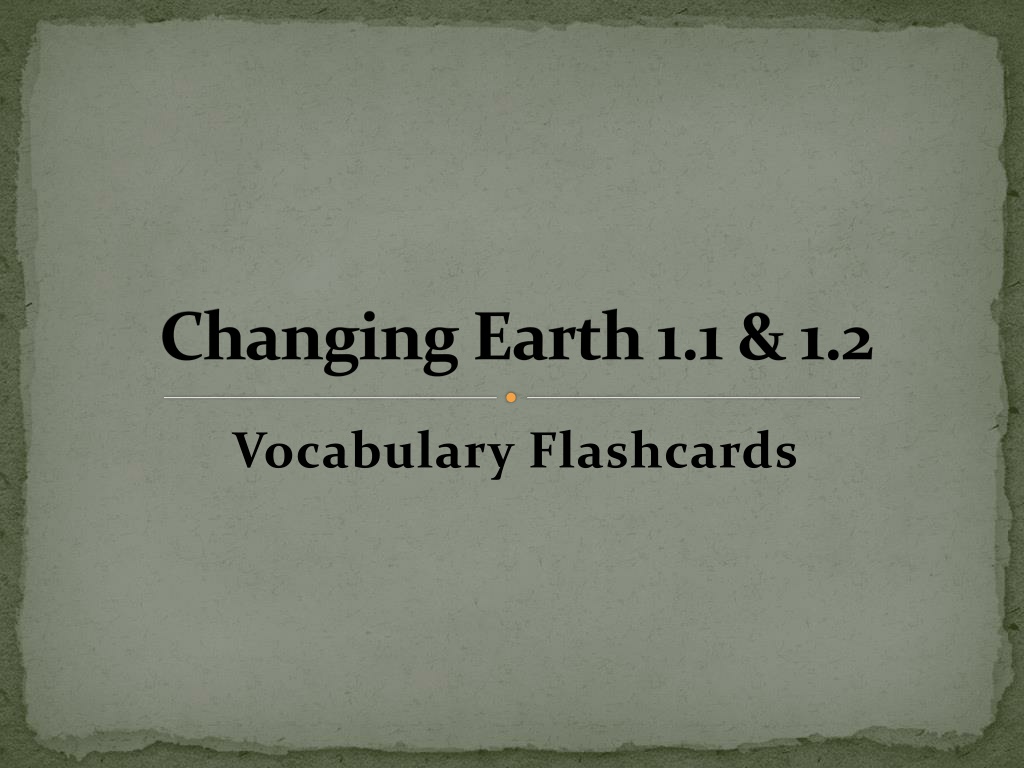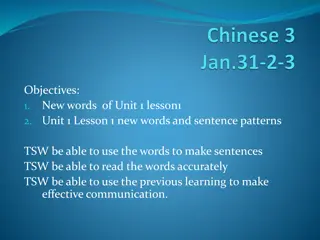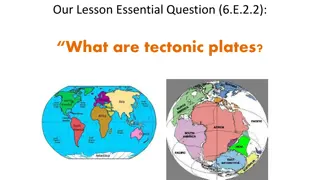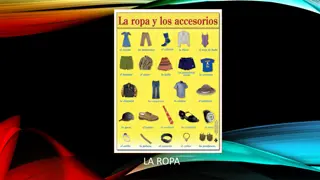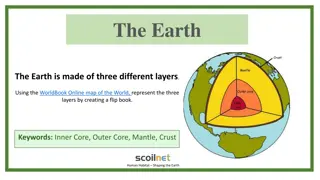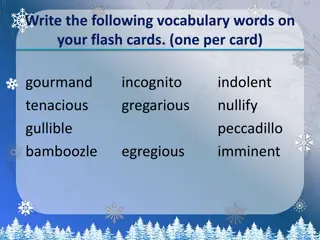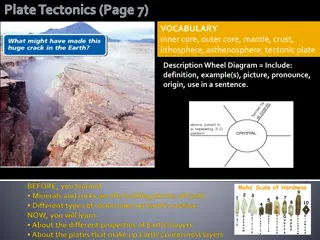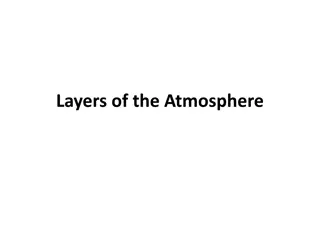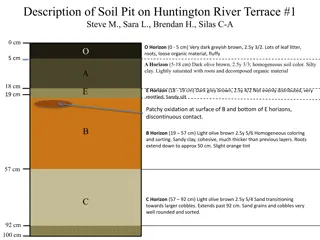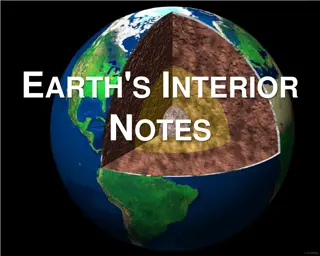Understanding Earth's Layers: Vocabulary Flashcards
Explore essential vocabulary related to Earth's structure through informative flashcards depicting key terms such as Inner Core, Mantle, Lithosphere, Tectonic Plate, Outer Core, and more. Enhance your knowledge of the planet's composition and geology.
Download Presentation

Please find below an Image/Link to download the presentation.
The content on the website is provided AS IS for your information and personal use only. It may not be sold, licensed, or shared on other websites without obtaining consent from the author. Download presentation by click this link. If you encounter any issues during the download, it is possible that the publisher has removed the file from their server.
E N D
Presentation Transcript
Changing Earth 1.1 & 1.2 Vocabulary Flashcards
A solid sphere of metal, mainly nickel and iron, at Earth s center.
The layer of rock between Earth s outer core and crust, in which most rock is hot enough to flow in convection currents; Earth s thickest layer.
The layer of Earth made up of the crust and the rigid rock and upper mantle, averaging about 40 kilometers thick and broken into tectonic plates.
One of the large, moving pieces into which Earth s lithosphere is broken and which commonly carries both oceanic and continental crust
A layer of molten metal, mainly nickel and iron, that surrounds Earth s inner core.
A thin outer layer of rock above a planet s mantle, including all dry land and ocean basins.
The layer in Earths upper mantle and directly under the lithosphere in which rock is soft and weak because it is close to melting.
The hypothesis that Earths continents move on Earth s surface.
A long line of sea-floor mountains where new ocean crust is formed by volcanic activity along a divergent boundary.
A circulation pattern in which material is heated and rises in one area, then cools and sinks in another area, flowing in a continuous loop.
A hypothetical supercontinent that included all of the landmasses on Earth. It began breaking apart about 200 million years ago.
The transfer of energy from place to place by the motion of heated gas or liquid; in Earth s mantle, convection is thought to transfer energy by motion of solid rock, which when under great heat and pressure can move like a liquid.
